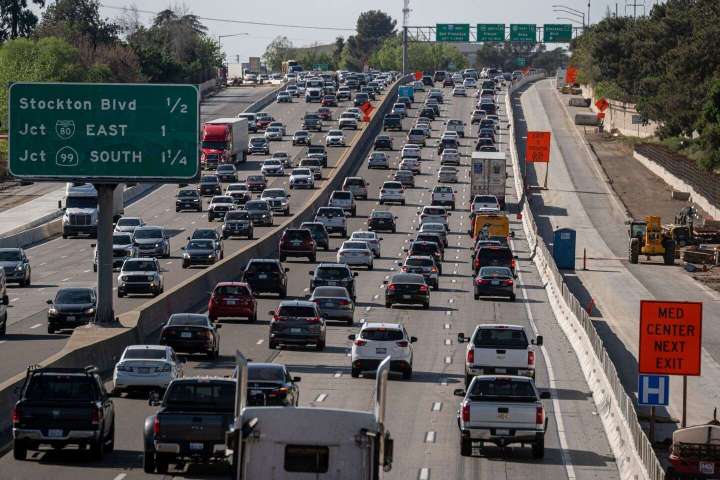California has long prided itself on being a national leader in climate policy. So it’s a shame that the state’s latest major climate action relies on blunt, unwieldy regulation when better tools are available.
California’s gas car ban is clunky. There’s a better way.

The new rule, which is awaiting approval from the Environmental Protection Agency, is expected to transform the automobile landscape in the Golden State and beyond. Because California has a massive consumer base — if it were a country, it would be the 10th-largest car market in the world — the decision will accelerate many manufacturers’ transition to zero-emission vehicles. Other states will likely follow suit: Massachusetts and Washington, for example, have laws to opt into California’s standards.
But is this the right approach? There are reasons to be wary. First, the rule relies on a federal waiver that allows California to set its own emissions standards. The Trump administration rescinded that waiver in 2019, and though President Biden reinstated it this March, a future Republican administration can always decide to revoke it once again. The waiver also could be challenged in the courts.
Furthermore, a broad ban could result in higher costs and perverse incentives for consumers. The average price of electric vehicles is $66,000. The $7,500 electric vehicle tax credits in the Inflation Reduction Act could help offset expenses, but these come with complicated requirements. Though manufacturers are working on more affordable options, they have been slow to build models for non-luxury segments of the market. And since the ban applies only to new cars, it could encourage people to keep older, gas-guzzling models for longer or purchase gas-fueled vehicles from out of state.
Then there are hurdles related to infrastructure. California has 80,000 charging stations, the most in the country, but is falling behind its target of 250,000 by 2025. The bipartisan infrastructure bill allocated $7.5 billion for states to build up this infrastructure, and Californian regulators hope the promise of a guaranteed market will incentivize private actors to do more. But there is a lot to be done, particularly in rural areas. There are also concerns over supply chain stability for materials such as the lithium used in batteries.
A more efficient approach would be to enact a higher and increasing tax on vehicles’ fossil fuels. This would affect all cars in the state, not just new ones, while allowing people a measure of flexibility based on individual needs. California already has the second-highest gas tax in the nation. Still, an ambitious, steadily rising price on fuels would encourage the transition to electric vehicles and greener public transportation systems without the downsides of a regulatory ban.
Reducing dependence on gas-powered vehicles is crucial for a more sustainable future. But there are better ways to achieve that goal than easily reversed, clunky mandates.






